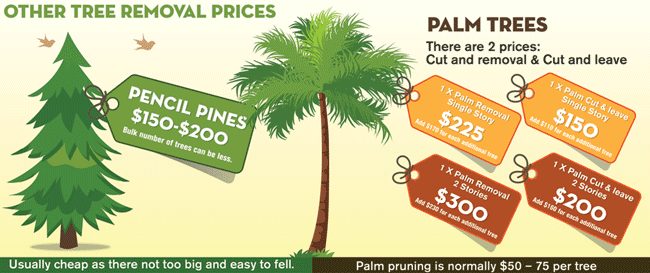Tree Removal Aftercare: Finest Practices For Landscape Recuperation
Tree Removal Aftercare: Finest Practices For Landscape Recuperation
Blog Article
How Much To Remove A Tree By-Berman McKinnon
After a tree's removal, your landscape may look rather different, and it's important to assess the consequences meticulously. You'll want to assess the dirt disturbance and examine bordering plants for any kind of signs of stress and anxiety. Ignoring these factors can cause bigger troubles down the line. So, what should you do with those stumps and roots? And exactly how do you pick the best plants for your revitalized area? Let's explore these essential steps.
Examining the Results: Reviewing Your Landscape
After a tree elimination, it's vital to analyze your landscape to comprehend the impact it has on your lawn.
Start by examining the location where the tree stood. Look for indications of soil disruption, and inspect the surrounding plants for any stress or damage.
You need to additionally remember of just how the removal has actually transformed sunshine direct exposure and air flow in your yard. This shift can influence the development of close-by plants, so it's essential to examine their health and wellness.
Take into consideration the visual aspects also; the removal may develop an open space that you can revamp.
Ultimately, consider any kind of possible disintegration concerns that may occur from the tree's lack. Dealing with mouse click the up coming webpage will aid recover equilibrium to your landscape.
Dealing With Stumps and Origins: Alternatives for Removal
Once you've assessed the consequences of the tree removal, you'll likely require to tackle the stump and origins left.
You have a few choices for removal. One reliable technique is stump grinding, where an expert utilizes a machine to grind the stump to underground level. This method leaves minimal interruption to your landscape.
If you favor a DIY technique, you can use a mix of digging and chemical stump removers. Just bear in mind, this procedure can take time and initiative.
Additionally, think about leaving the stump as an all-natural function, which can act as a special yard aspect or environment for wildlife.
Whatever you choose, attending to the stump and roots is necessary for restoring your landscape.
Picking the Right Plants for Your New Space
As you evaluate your newly gotten rid of space, selecting the right plants can dramatically boost your landscape's charm and performance.
Start by taking into consideration the sunlight and soil conditions. For warm areas, opt for drought-resistant plants like lavender or succulents. In shaded places, ferns and hostas thrive well.
Think of the dimension and growth practices of your plants; mix perennials and annuals for seasonal selection. Do not neglect to include indigenous varieties; they need less upkeep and assistance local wildlife.
Group plants in strange numbers for a more all-natural appearance and develop layers for visual deepness.
Lastly, ensure you have a mix of colors and appearances to maintain your landscape lively throughout the seasons.
Pleased growing!
Verdict
In conclusion, recovering your landscape after tree removal is a rewarding process. By assessing the aftermath, resolving stumps and origins, and picking the right plants, you'll produce a successful environment. Do not fail to remember to include erosion control actions to shield your dirt. With How To Trim A Birch Tree and care, you can change your room into a lively garden that boosts your residential or commercial property. Welcome the chance to revitalize your landscape and appreciate the appeal of nature right in your backyard!
